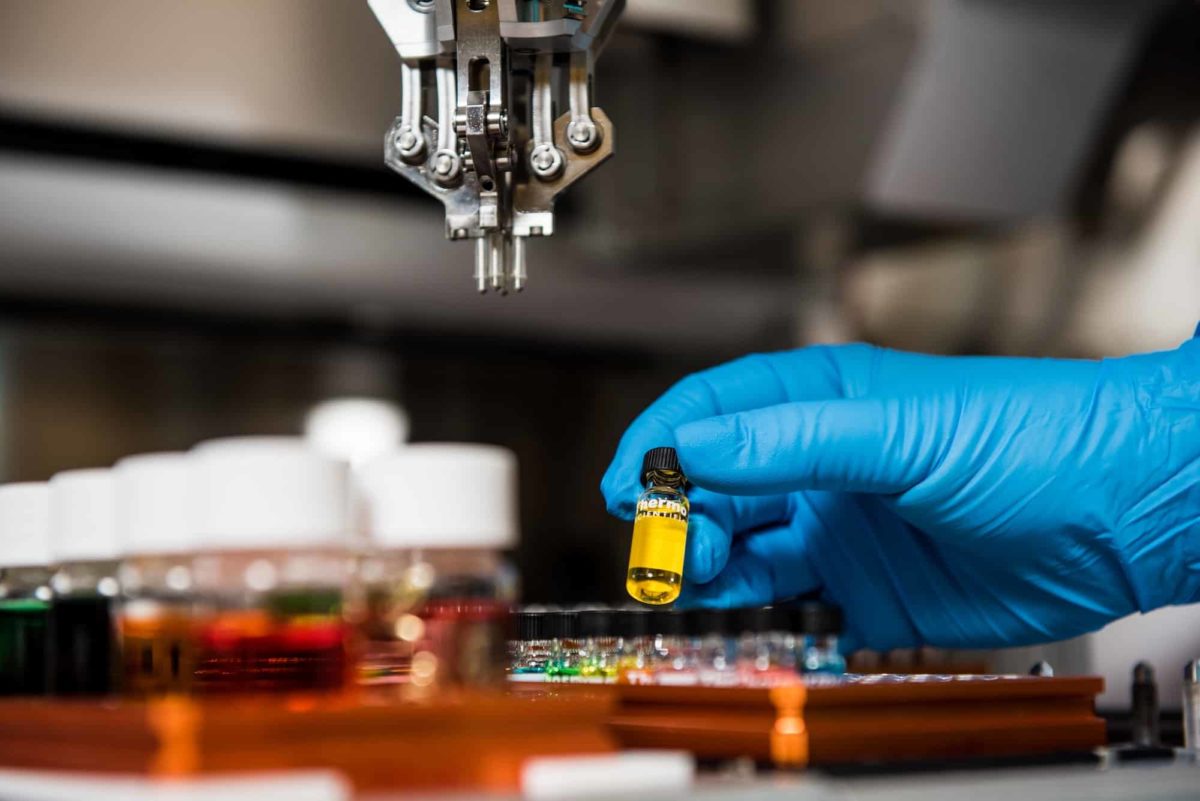What are THCP and CBDP – and do they matter?

With the ongoing legalization of cannabis products around the world, research potential has burst wide open. This recent “permission” to study the plant has led to an important discovery of two new cannabinoids: THCP and its partner, CBDP.
An Accidental Discovery
On December 30, 2019, a group of Italian researchers published their study, A novel phytocannabinoid isolated from Cannabis sativa L. with an in vivo cannabimimetic activity higher than Δ9-tetrahydrocannabinol: Δ9-Tetrahydrocannabiphorol in Scientific Reports. Put simply, a new phytocannabinoid has been discovered that is more potent than THC.
The group of scientists admit that they found the new cannabinoids because “no one was looking for them.” But, this by no means casts doubts on their knowledge. Cinzia Citti, Pasquale Linciano, Giuseppe Cannazza, and their team are not strangers to researching cannabis: they were the group that identified THCB and CBDB as well. In fact, they are dedicated to “characterizing the many unknown compounds in cannabis”.
Since marijuana is illegal in Italy, the group had to request special permission to research industrial hemp by the Ministry of Health. This is when they came across a molecule similar to CBD. After identifying CBDP (cannabidiforol), they had to ask permission to then look for a THC correspondent, and it is then that they found THCP (tetrahydrocannabiphorol).
How THCP & CBDP Are Unusual
All of the discovered cannabinoids (up until now) have had a molecular structure that included a side chain of five links. Both THCP and CBDP stand out because they have side chains of seven links. It is this side chain that determines how well chemicals bind to the CB1 and CB2 receptors in the endocannabinoid system. The better the binding, the stronger the effects of the chemicals.
More Potent Than THC?
According to the researchers, “when they checked the binding affinity of THCP against human CB1 and CB2 receptors, they found that THCP was 33 times more active than regular THC on the CB1 receptor, and 5 to 10 times more active than regular THC on the CB2 receptor.”
To see if this correlated to enhanced psychoactivity, the researchers performed tests on mice. The result proved the enhanced psychoactivity of THCP versus THC, but its specific effects on humans still is not certain. In fact, everything we know about how THC works may change as new and more potent cannabinoids are discovered.
If you take the entourage effect into consideration, it will be interesting to see where research takes THCP and CBDP. The entourage effect is the “combined effect of different compounds found in cannabis that work together as a whole to produce a greater effect than if working separately to produce separate effects.” This includes the effects of cannabinoids and terpenes. If THCP is so potent, what are the implications on its interactions with other cannabinoids?
What is CBDP?
Despite the exciting discovery of THCP and what it might be able to do, CBDP is not a priority for investigating as thoroughly. This is because we already know that “CBD has a poor binding affinity with both CB1 and CB2 receptors, so it’s possibly unlikely that a longer side chain will assist CBDP in binding more effectively with the body’s receptors.”
There may still be promise in CBDP, as we learn how it may interact with THCP, other cannabinoids, or discover potential therapeutic benefits. Only as science digs deeper will we be able to paint a larger, though ever intertwined, picture of how cannabis works with our endocannabinoid system.
What Growers Need to Know
Growers who love to breed plants for certain traits will be an important part of cannabis research as we learn more about the plants. Growing plants that are not dominant in either CBD or THC may be desired by the medical community for research value, and consumers for therapeutic or recreational value. Each new discovery could potentially take “Cannabis Connoisseurism” to a new level.
As far as the Italian researchers are concerned, “the next step will be to research the concentration of these cannabinoids in other cannabis varieties to find out why some varieties with a low THC level have extremely high psychotropic properties and one answer would be THCP”, says Dr. Cannazza. Skilled growers will definitely be a necessity in their ongoing research.
Why THCP and CBDP Matter
THCP may prove to be a goldmine of information about how cannabis works on the endocannabinoid system… or not. And CBDP may end up curing a terminal illness… or not. What really matters about these discoveries is that science is finally allowed to discover them. For thousands of years, people used cannabis for herbal medicine, fabric, food, and (more recently) recreation.
Humanity has always known that cannabis was important. Discoveries like that of THCP and CBDP prove that there is so much to discover and understand about cannabis, so that we can finally start to use it to its full potential.
Want to learn more about the cannabis industry? Join us for a CannaCon event in your area!
